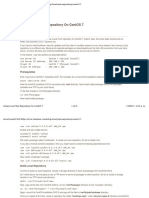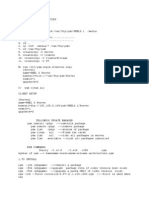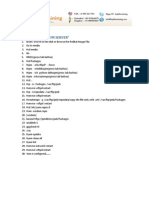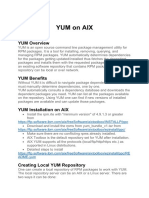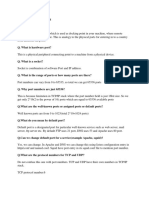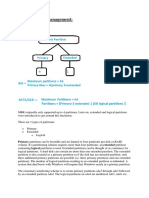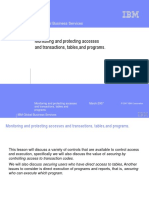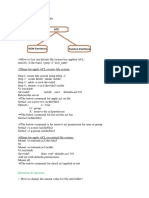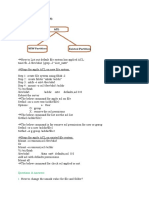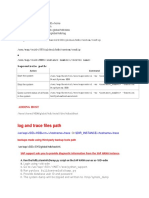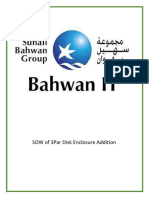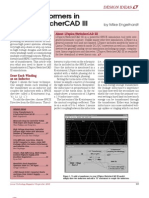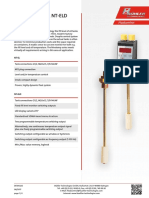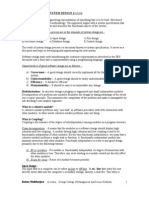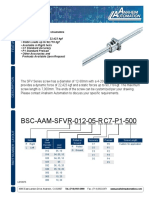0% found this document useful (0 votes)
264 views20 pagesYUM Server Client Configuration
The document provides steps to create a local yum repository from the RHEL CD:
1. Copy the RHEL CD contents to /var/ftp/pub and install the createrepo package.
2. Use createrepo to create package metadata for the copied files.
3. Create a yum repository file pointing to the copied files and enable the local repository.
Uploaded by
prasadCopyright
© © All Rights Reserved
We take content rights seriously. If you suspect this is your content, claim it here.
Available Formats
Download as DOCX, PDF, TXT or read online on Scribd
0% found this document useful (0 votes)
264 views20 pagesYUM Server Client Configuration
The document provides steps to create a local yum repository from the RHEL CD:
1. Copy the RHEL CD contents to /var/ftp/pub and install the createrepo package.
2. Use createrepo to create package metadata for the copied files.
3. Create a yum repository file pointing to the copied files and enable the local repository.
Uploaded by
prasadCopyright
© © All Rights Reserved
We take content rights seriously. If you suspect this is your content, claim it here.
Available Formats
Download as DOCX, PDF, TXT or read online on Scribd
/ 20






